 As last year, my list of medical anniversaries in 2020 is restricted to multiples of 50 years (i.e. years ending in 20 and 70). Thus, I have not included, for example, the 60th anniversary of chlordiazepoxide (Librium) nor the 70th anniversary of the discovery of californium.
As last year, my list of medical anniversaries in 2020 is restricted to multiples of 50 years (i.e. years ending in 20 and 70). Thus, I have not included, for example, the 60th anniversary of chlordiazepoxide (Librium) nor the 70th anniversary of the discovery of californium.
The number of the year, 2020, is an autobiographical integer, one such that its first digit counts the number of zeroes in the integer, its second digit counts the number of ones, and so on. The sum of the digits is equal to the number of digits in the integer. So, the integer 2020 contains two zeroes, no ones, 2 twos, and no threes. And the sum of the digits is four, the number of digits in the integer. There are only seven autobiographical integers. The smallest is 1210, and the other five are 21200, 3211000, 42101000, 521001000, and 6210001000.
This year’s anniversary list includes the following topics:
- biology (natural selection);
- genetics (gene synthesis);
- infectious diseases (smallpox);
- mathematics (the Fibonacci series and the golden ratio; Henry Billingsley’s Euclid)
- medicine and health (a cure for scurvy; Tobias Venner’s Via recta ad vitam longam);
- pharmacology and toxicology (the US Pharmacopoeia; quinine sulfate; insulin; somatropin; neurotransmitters; brucine);
- philosophy of science (Francis Bacon, Instauratio magna: novum organum scientarum; Johannes Scotus Erigera, Periphyseon; T H Huxley, abiogenesis);
- physiology (capillary function);
- surgery (the treatment of hydrocephalus);
- new institutions (Les Invalides in Paris; the British Red Cross).
My highlight this year is Practica Geometriae, by the Italian mathematician, Leonardo Fibonacci of Pisa. It deals with a range of geometrical problems, some of which are related to the golden ratio, known as φ, the irrational number 1.618033988749894848… (Figure 1). The problems included calculation of the area of a pentagon, since φ is the ratio of the diagonal to the side, and of the volumes of dodecahedra and icosahedra.
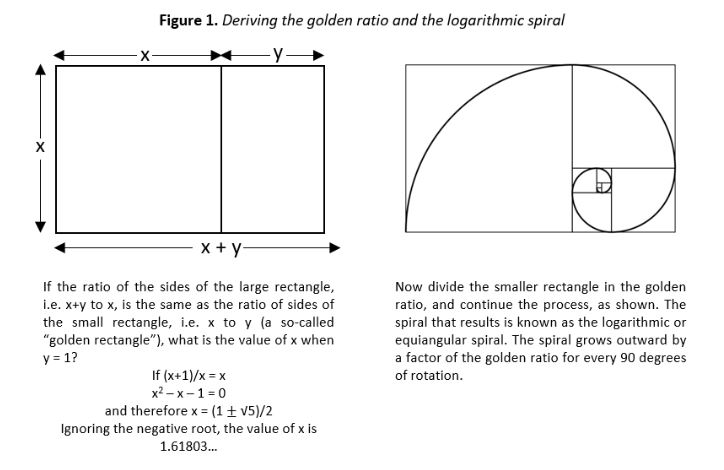
In an earlier book, Liber Abaci (1202), Fibonacci asked how many pairs of rabbits would emerge in a year from a single pair if every month each pair begets a new pair, which from the second month on becomes productive. Table 1 shows the solution. The ratios of adjacent pairs in Fibonacci’s series approximate φ, getting closer the further out you go. For example, 144/89 = 1.617977528…, 233/144 = 1.618055555…, and 377/233 = 1.618025751….
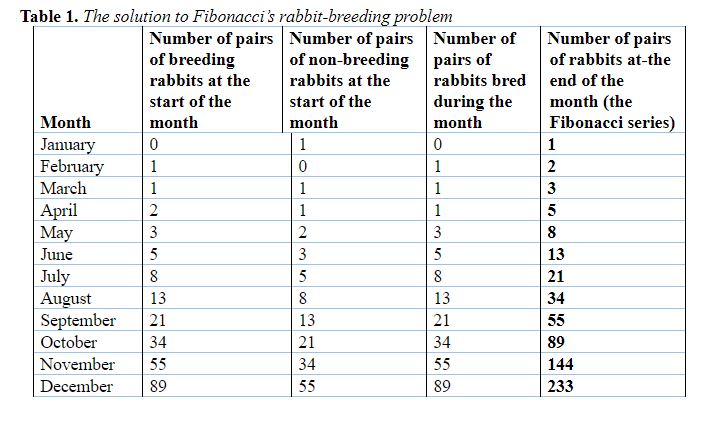
What is the medical relevance of the golden ratio? Well, a Pubmed search for “Fibonacci”, “golden ratio”, and related terms yields about 1200 hits (Figure 2), covering a wide range of topics. Of those, I have surveyed 80 that also mention the number itself or “phi” (results in Table 2). Many deal with aspects of beauty and approaches to reconstructive surgery.
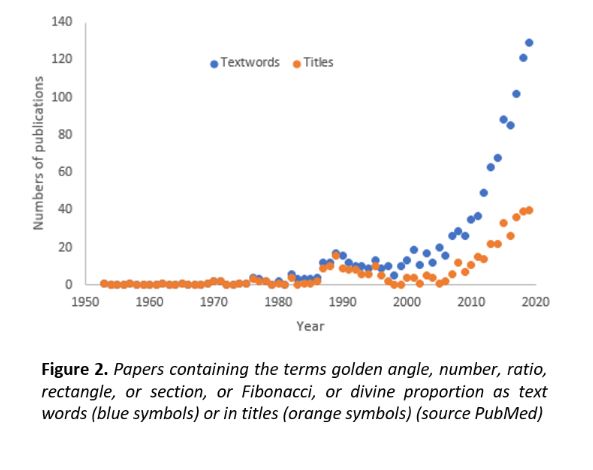
Table 2. An analysis of 80 publications about the golden ratio
| Topic | No. | Examples |
| Aesthetics | 4 | Proportions in Michelangelo’s The Creation of Adam and the Last Judgement; preferences in rats; the limitations of optical function as a mechanism for the perceptual effects of golden sectioning |
| Anatomical features that appear to be constructed according to the golden ratio | 22 | Cardiovascular system (4); epidermis; erythrocytes; face and skull (7); hand; nose (2); retina; teeth (3); umbilicus; uterus |
| Beauty | 30 | Breasts and nipples; facial (19); umbilical; dental (8) |
| Biochemistry and cell biology | 5 | Fatty acids; codon frequencies in the human genome; replication of the number of nucleobases in the human genome; lengths of viral RNA; cancer growth rates |
| Medical devices | 1 | Mixing of analytes and reagents in microfluidic devices |
| MRI scanning | 4 | A technique in which the angle at which signals are acquired is continuously increased by 111.25 degrees (= 180/φ), which causes the radial lines to be evenly spaced with time |
| Physiology | 6 | Mitral valve function; blood pressure; pulmonary artery pressure; stance-to-swing ratio while walking (2); hand grip |
| Psychology | 1 | the effect of fractal scaling in cell division on psychological experience |
| Study design and statistics | 6 | Use of modified Fibonacci sequences to design dose escalation studies in drug development |
| General | 1 | A critical review |
How much credence can one give to the results of such studies? Take the average ratios in a study of photographs of the faces of 60 young Polish women: vertical/horizontal face lengths = 1.592 (nasion-stomion/stomion-gnation). Coincidence or a true reflection of the golden ratio? And if the latter, is it the case, as many have claimed, that the golden ratio is related to aesthetic pleasure? Perhaps not. The authors of one study concluded that “optical limitation in the form of reduced inter-neural synchronization during spatial-frequency coding may be the foundation for the perceptual effects of golden sectioning”. With some praiseworthy exceptions, few studies report ratios that are not golden—those who want to make a mark in the field generally choose to report ratios that are close to the golden ratio.
Some medical anniversaries in 2020
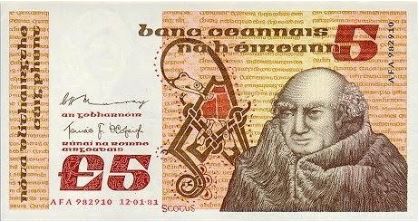
870
- Johannes Scotus Erigera, the Irish neoplatonist philosopher, compiles his five-volume encyclopedia, Periphyseon, in which he propounded his theory of the four divisions of nature: That which creates and is not created (God, the origin of all things);
- That which is created and creates (the world of primordial causes or ideas);
- That which is created and does not create (the world of phenomena, of contingent, sense-perceptions);
- That which neither is created nor creates (God, to which all things return
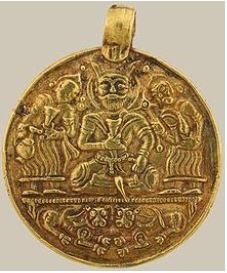
970
The al-‘Adudi Hospital is founded in Baghdad by the Vizier Abud al-Dawla (pictured), advised by the Persian physician Al-Razi Abūbakr Mohammad-e Zakariyyā-ye Rāzī, known as Rhazes
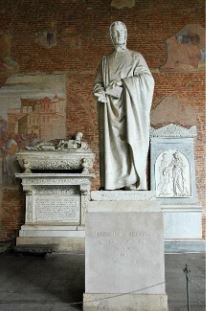
1220
Practica Geometriae by Leonardo Fibonacci of Pisa, published in 1223
(see text)

1270
Guglielmo da Saliceto (1210–77), an Italian surgeon, describes the treatment of hydrocephalus in children by cauterizing the skull and draining the excess fluid
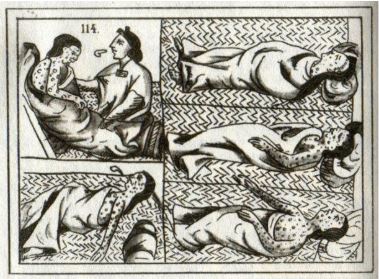
1520
Spanish troops under the command of Panfilo de Narvaez challenge Cortez in New Spain and capture him near Veracruz; however, they bring smallpox with them, killing half the population of New Spain; by 1568 the population of what is now Mexico fell from over 30 million to under 3 million, and the infection also affected the Incan empire
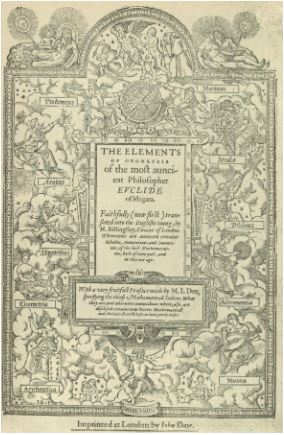
1570
Publication of Henry Billingsley’s translation of Euclid’s Elements, in which he introduced a large number of geometrical and other mathematical terms into English, including: acute-angled, calculate, concentrical, conical, discontinuity, dodecahedron, ellipsis, experimenter, geodesy, gnomonical, heptagon, hexagon, hexoctahedron, icosahedron, icosidodecahedron, incommensurability, irrationality, logistical, model, obtuse-angled, octahedron, parallelepipedon, parallelogram, pentagon, polyhedron, prime number, prism, quindecagon, rectangle, residual, rhomboid, sector, segment, tetrahedron, trapezium, unit, and vertex; some of these are relevant to Fibonacci’s Practica Geometriae, discussed above
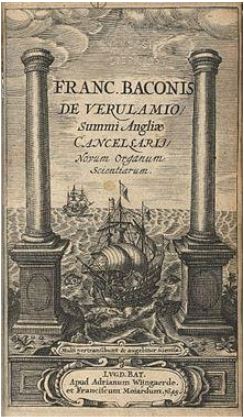
1620
Publication of Francis Bacon’s Instauratio magna: novum organum scientarum
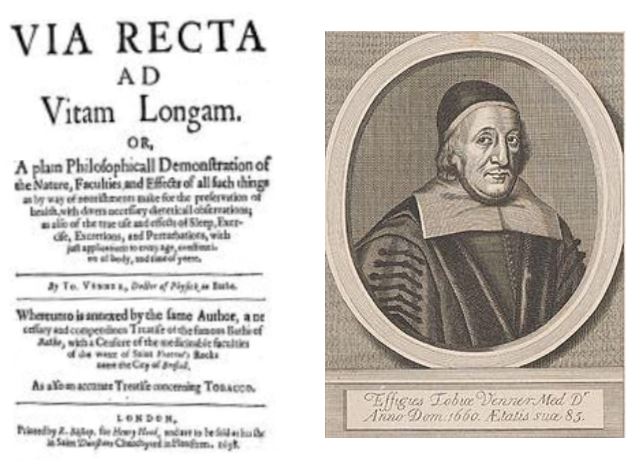
1620
Publication of Henry Venner’s Via recta ad vitam longam, in which he introduced many new words into English, including atrabilaric, atrophy, calorifical, cardiacal, cardialgic, coarctate, dietetical, excrementitial, excrete, flaccid, friability, gustative, ingestion, morbifical, nauseative, sanguify, turgid, and vomitory
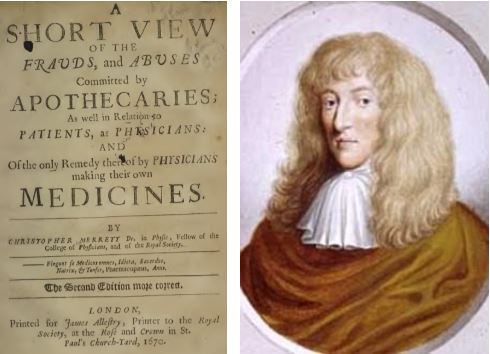
1670
Publication by Christopher Merrett (1614–95) of A Short View of the Frauds and Abuses Committed by Apothecaries: As well in Relation to Patients, as Physicians: And Of the only Remedy thereof by Physicians making their own Medicines. The Second Edition more correct. The Latin epigraph reads “Fingunt se Medicos omnes, Idiota, Sacerdos, Nutrix, & Tonsor, Pharmacopæus, Anus” (“These all represent themselves as Doctors—the Uneducated, the Priest, the Nurse, the Barber, and the Apothecary”)

1670
Louis XIV orders the foundation of the Hôtel National des Invalides (Les Invalides) in Paris, architect Libéral Bruant assisted by Jules Hardouin-Mansart

1720
The Austrian physician Johann Georg Heinrich Kramer reports, in Dissertatio epistolico de scorbuto (here shown in a later edition), that fresh vegetables cure scurvy in soldiers

1770
Death of Mark Akenside, poet and physician (1721-70); he described a case of neurofibromatosis in 1768
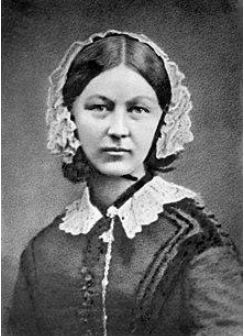
1820
Birth of Florence Nightingale, 12 May
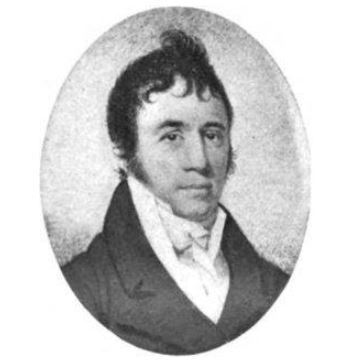
1820
First edition of the US Pharmacopoeia, established by Lyman Spalding

1820
Isolation of quinine sulfate from Cinchona bark by Pierre Pelletier (1788–1842) and Joseph Caventou (1795–1887) in Paris, for use in treating malaria; in the same year they also discovered brucine, a strychnine-like alkaloid in Strychnos nux-vomica
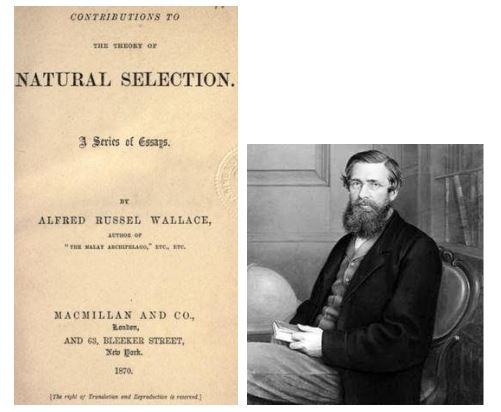
1870
Contributions to the theory of natural selection published by Alfred Russel Wallace (1823–1913)

1870
Foundation of the British Red Cross

1870
T H Huxley (1825–95), in his address as newly elected President of the British Association for the Advancement of Science, coins the terms “biogenesis” and “abiogenesis”: “I term the contrary doctrine [to biogenesis]—that living matter may be produced by not-living matter—the hypothesis of Abiogenesis.”
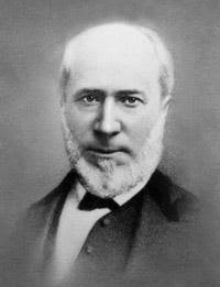
1870
Édouard C Séguin (1825–95) publishes his lecture “New Facts and Remarks Concerning Idiocy”, given the previous year to the New York Medical Journal Association, and introduces the term “idiot savant”: “Among the wealthier classes, idiocy is not only oftener aggravated by accessory diseases, but also complicated with abnormal semi-capacities or disordered instincts, which produce heterogeneous types to an almost unlimited extent. It is from this class almost exclusively that we have musical, mathematical, architectural, and other varieties of the idiot savant; useless protrusion of a single faculty, accompanied by a woful general impotence.” Today we simply use the term “savant”.

1870
Birth of Maria Montessori, physician and educator (1870–1952); one of the first Italian women to graduate from medical school
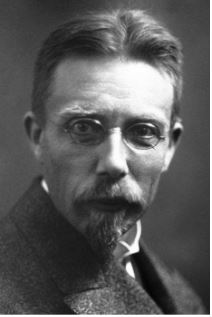
1920
Nobel prize in Physiology or Medicine: August Krogh “for his discovery of the capillary motor regulating mechanism”
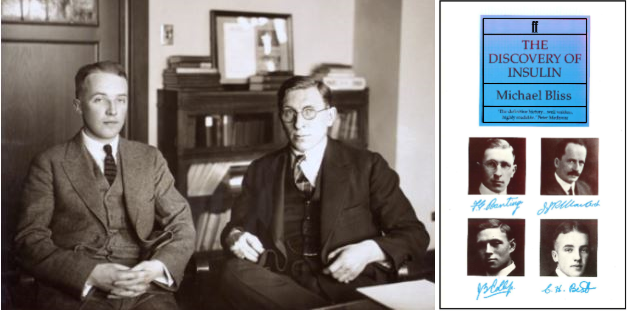
1920
Frederick Grant Banting (1891–1941; right) and Charles Herbert Best (1899–1978) develop a method for extracting insulin from dog pancreas; Banting shared the Nobel Prize with John Macleod in 1923.
Michael Bliss’s account was published in 1982 (revised edition 1988, illustrated)

1970
Somatropin synthesized by Choh Hao Li (1913–87), with W-K Liu and JS Dixon, at the University of California; they had already shown in 1966 that it consists of 256 amino acids

1970
Nobel Prize in Physiology or Medicine: Sir Bernard Katz, Ulf von Euler, and Julius Axelrod “for their discoveries concerning the humoral transmittors in the nerve terminals and the mechanism for their storage, release and inactivation”
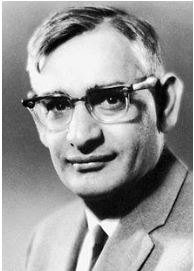
1970
First description of the complete synthesis of a gene by Har Gobind Khorana (1922–2011) and colleagues at the University of Wisconsin; the PubMed bibliography of Khorana’s papers includes 39 containing the term “total synthesis [of a gene]”
Jeffrey Aronson is a clinical pharmacologist, working in the Centre for Evidence Based Medicine in Oxford’s Nuffield Department of Primary Care Health Sciences. He is also president emeritus of the British Pharmacological Society.
Competing interests: None declared.
| This week’s interesting integer: 255
255 = 28 – 1 = 11111111 in base 2. Numbers with nothing but ones in them are called repunits, a term that was coined by Albert H Beiler in 1964 (Recreations in the Theory of Numbers). Numbers of the form 2n – 1 are sometimes called Mersenne numbers, although the term is more properly reserved for those in which n is prime (2p – 1). It was originally thought that all numbers of this form were themselves prime, but in 1536 Hudalricus Regius showed that 211 – 1 = 2047 is not prime (it equals 23 × 89). Those that are prime are called Mersenne primes, after the French monk Marin Mersenne (1588–1648) who discussed them in 1644, incorrectly asserting that there were only 11 such. There are in fact many more, and these numbers have proved a fruitful hunting ground for large prime numbers. The latest to emerge, the 51st known Mersenne prime, is 282,589,933 – 1, which has 24,862,048 digits. It was discovered by GIMPS (the Great Internet Mersenne Prime Search) just four weeks ago. |
